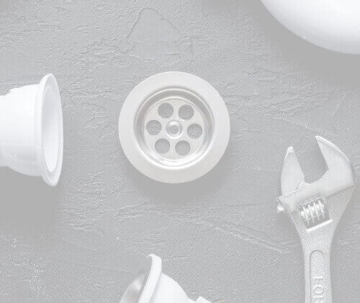The term “pinhole leak” doesn’t sound like a terrible plumbing problem. But the name is deceiving! Pinhole leaks are a highly prevalent issue with pipes in both homes and businesses. The cause is a type of corrosion called pitted corrosion that can affect copper. (Copper is corrosion-resistant, but there are still a few types that can afflict it.) The weakening of copper from pitted corrosion soon allows for small holes to open up and begin to leak. Even the smallest leak can cause building damage and waste large amounts of water over time. When you have pinhole leaks occurring in your home’s plumbing, you need to call on professional plumbers such as ours for assistance.
How we repair pinhole leaks
There are a number of methods that our plumbers can use to fix pinhole leaks. The first is a temporary fix, a kind of “stopgap” measure that eliminates the immediate trouble of the leak and gives the plumbers time to track down where other leaks are occurring (pinhole leaks often happen in groups) and then come up with a longer-term solution. The quick fix is to place a small piece of rubber against the leak, then secure a jubilee clip around the pipe and the rubber stopper. The clip is screwed down, forming a firm but temporary seal.
A permanent fix usually involves slicing the pipe in two at the point of the pinhole leak. A special pipe slicer quickly divides the pipe into two halves. Then a compression fitting is placed between the two ends and tightened down to form a connection and a restored pipeline.
The other way for a permanent fix is to solder the pipe ends together. After slicing the pipe apart at the leak, the plumber brushes flux onto the two ends. The ends are placed together, and a soldering torch is put to use to seal the ends together. (Never try to use a soldering torch on your own! It’s only safe in trained hands.)
Call on Mallick Plumbing & Heating for plumbing service in Silver Spring, MD, and the surrounding areas.

